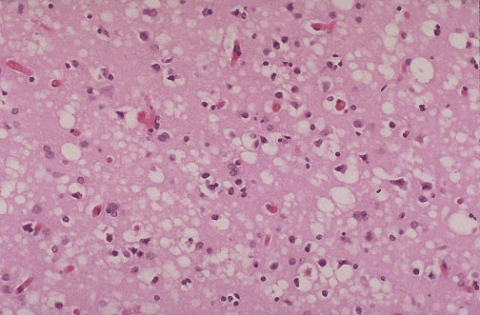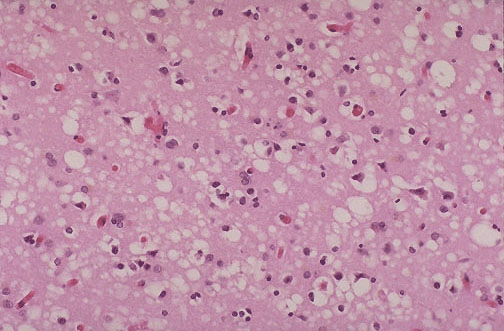Medical Equipment Possibly to Blame

Health officials across several states continue to monitor at least 13 cases of possible Creutzfeldt-Jakob exposure after one patient in New Hampshire died of the rare disease in August. Rented medical equipment was used in that patient’s surgery, as well as subsequent surgeries which possibly exposed other patients to the illness. The investigation is still underway.
Worldwide, the chances of contracting the disease are about one in one million. Approximately 200 people in the United States contract the illness each year. In some cases it may take several decades for the disease to become active. Once it does become active, it is always fatal.
The disease is caused by a prion, a particle smaller than a virus that gets inside the brain and changes the way proteins fold. This change in biochemistry results in major dysfunction of brain, as the prions cause holes in the brain tissue and eventual death.
The symptoms of Creutzfeldt-Jakob (CJD) vary and progress throughout the disease. Failing memory, visual and coordination irregularities progress toward increased involuntary movements, possible blindness and increased weakness. There are three major types of CJD:
- Sporadic CJD occurs when the disease appears despite no known risk factors; 85% of the cases fall into this category.
- Hereditary CJD, occurs in people with a family history of the disease. Generally a specific genetic mutation is present in patients who fall into this category (5 to 10% of all cases).
- Acquired CJD, is caused by exposure to brain or nervous system tissue that contains the brain altering prion, usually through certain medical procedures. Patients in this category comprise less than 1% of all CJD cases.
Humans and other animals can contract CJD, which is part of a family of diseases known as transmissible spongiform encephalopathies (TSEs). Most notable of all TSE’s is possibly bovine spongiform encephalopathy (BSE), found in cows and referred to as “mad cow” disease. The word “spongiform” refers to the characteristic appearance of infected brain tissue, which becomes filled with holes resembling the pores of sponges. As the disease progresses, these holes can be seen when brain tissue is examined under a microscope.
Health officials indicate that in order to destroy all prions, sterilization procedures need to be more stringent with higher temperatures. At the same time, harsh procedures needed to destroy all prions may be damaging to some materials used for medical equipments. It is unclear exactly how the transmission of the disease occurred or how many new cases may result. Officials continue to monitor the cases and review equipment sterilization protocols as more facts become available.









